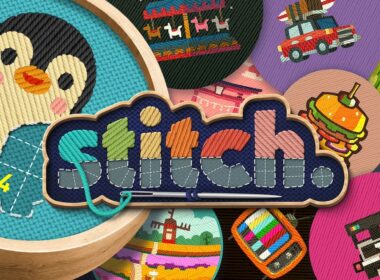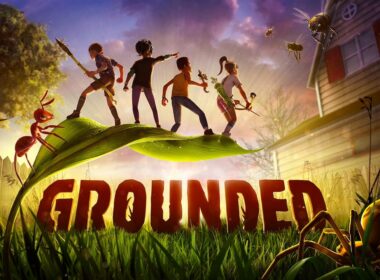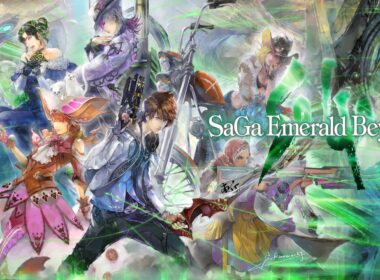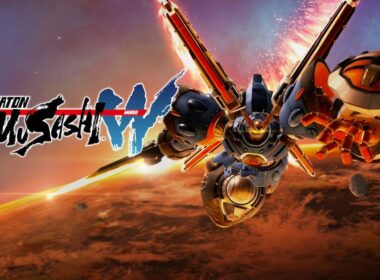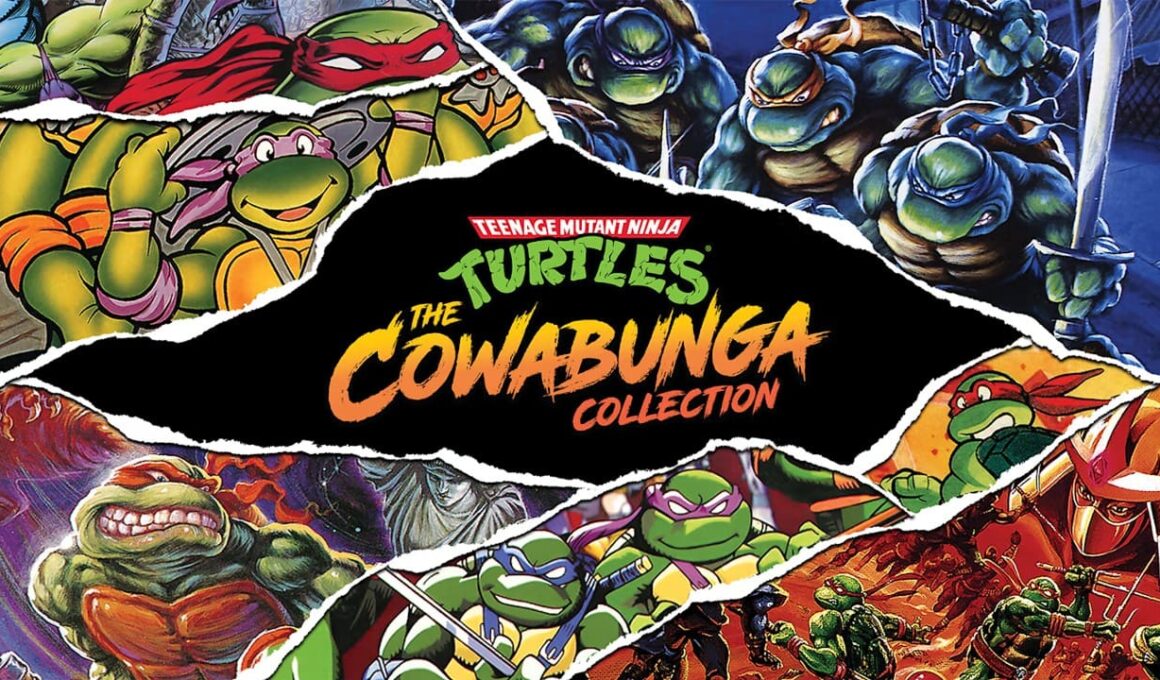Anthologies of retro classics are always nice to have tucked away on the Nintendo Switch. They can often be a warm reminder of why we got into video games in the first place. It’s just a shame that many developers out there are happy to toss a few games into a box and call it a day. Thankfully, compilation experts Digital Eclipse like to go the extra mile into celebrating those interactive memories. And their latest project, the fittingly titled Teenage Mutant Ninja Turtles: The Cowabunga Collection happens to be some of their finest work yet.
Konami Digital Entertainment is no stranger when it comes to releasing video game collections to boast of their past victories. They also happened to be known for cranking out some of the most cherished licensed beat ’em up games of the 20th Century. Probably their most famous was when they won the license for Teenage Mutant Ninja Turtles, all of which are featured in the collection. However, their first game to represent the franchise wasn’t a beat ’em up at all, but rather more of an exploration action-platformer.
The NES classic wasn’t published under the name Konami for that matter but rather their subsidiary brand at the time, Ultra Games – a name conjured up to bypass Nintendo’s Seal of Quality policy on capping the amount of annual third-party software releases.
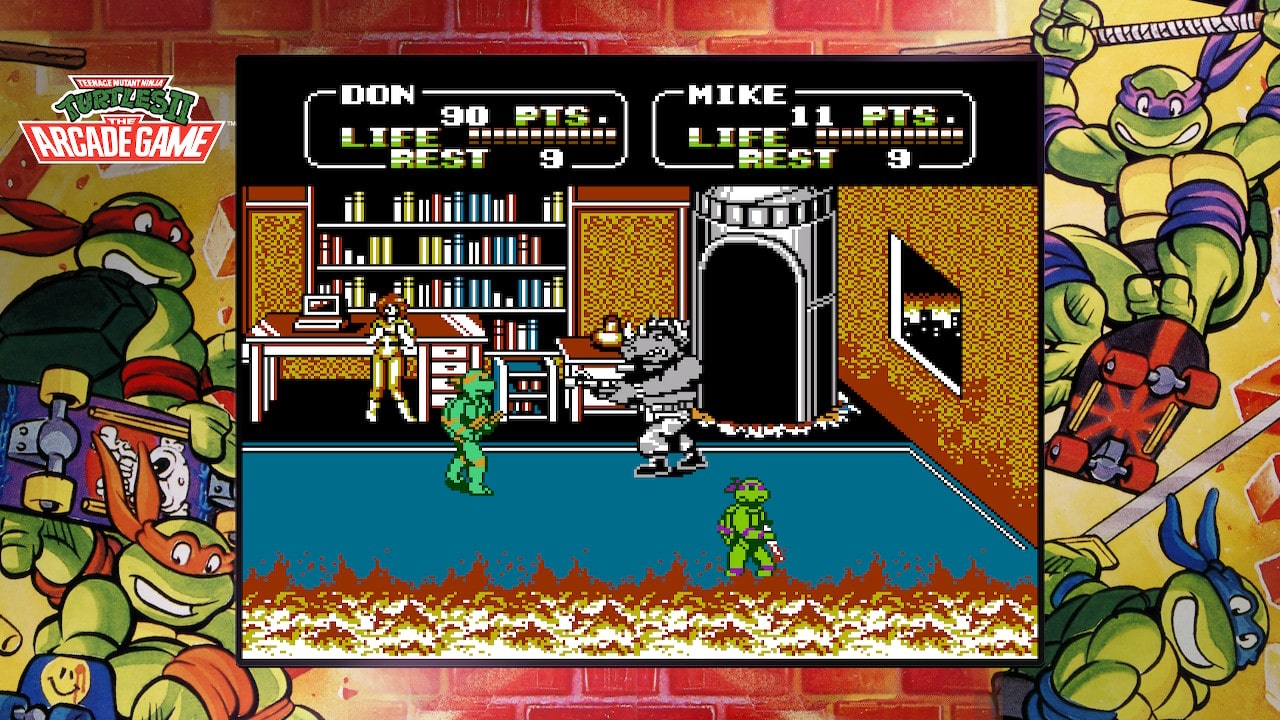
With the whole turtle power thing being an absolute global phenomenon, the first Teenage Mutant Ninja Turtles game did help shift a ton of NES consoles throughout the UK and was the first third-party console game bundled in with the retro system. The debut game wasn’t without its faults though, often being incredibly difficult if borderline broken in parts. Although looking back, it’s hard not to appreciate some of the ideas and gameplay mechanics implemented for its time.
Shortly after came the exceptional Konami arcade beat ’em up that boasted outstanding audio and visuals. It stands as one of the highest-grossing cabinets of the early ’90s for good reason and is fondly remembered by all who had the chance to experience it. An NES port soon followed and was marketed as a sequel as such. The final game in the 8-bit trilogy, the lesser-known NES exclusive Teenage Mutant Ninja Turtles 3: The Manhattan Project unfortunately never saw a PAL release for us Brits.
That wasn’t the last we saw the anthropomorphic shelled reptiles on the NES though, as the port of Tournament Fighters would make its way to the ageing console. Until finally playing it within The Cowabunga Collection, I always assumed the NES version was a fan-made game rather than an official title. What’s even more surprising, is it’s rather fun to play and probably the best one-vs-one fighter I have experienced for the NES. It’s almost a shame that I never got to play it on the original console itself.
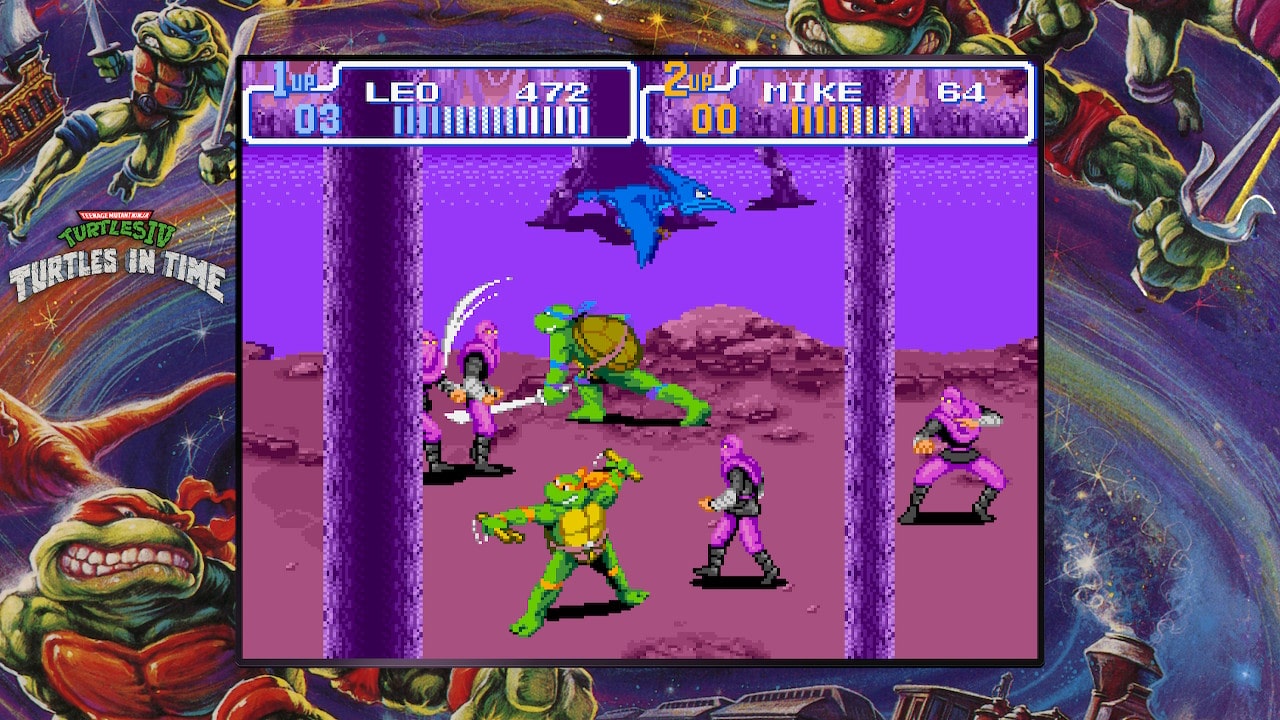
Most fans will more likely remember Teenage Mutant Ninja Turtles: Tournament Fighters on either the SNES or the Mega Drive. While both versions were very different beasts from one another, it would be the SNES version that easily wore the crown as the better fighter. Both games were heavily influenced by the Street Fighter 2 craze during its time, but never quite managed to rival it. They are still both enjoyable fighting games in their own right, and the SNES version had a super bar mechanic that preceded Capcom’s own flagship fighting game series.
Rewind slightly, and we have what many will regard as the best Teenage Mutant Ninja Turtles game of them all, Teenage Mutant Ninja Turtles: Turtles in Time. While the arcade version of the beat ’em up improved upon its predecessor, it was the SNES port that turned heads. Technically, it was a 16-bit marvel that would compensate for any porting limitations carried over from the more technically demanding arcade game. By cleverly adjusting and adding in exclusive content, this well-refined port owes a lot to the Mode 7 chip that the SNES was famously known for to make it all possible.
The Mega Drive didn’t get a version of Turtles in Time, yet, it did still manage to get its beat ’em up in the form of Teenage Mutant Ninja Turtles: The Hyperstone Heist. Despite being its own game entirely, many aspects of audio and sprites from Turtles in Time were recycled to form this Mega Drive classic. It may not have been quite on par with Turtles in Time, but it is still a joy to play and fondly remembered by many SEGA fans.
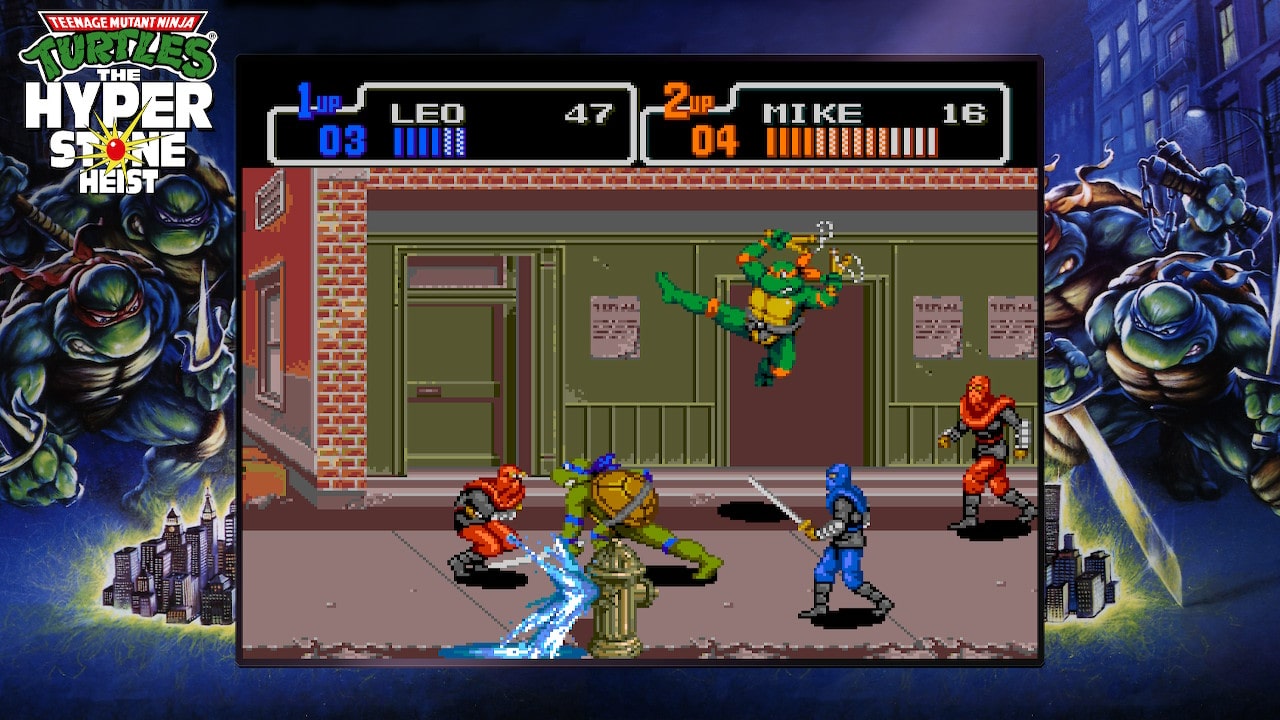
Running alongside the console games were three Game Boy titles. The first two games, Teenage Mutant Ninja Turtles: Fall of the Foot Clan and its improved sequel Teenage Mutant Ninja Turtles: Back from the Sewers were very basic side-scrolling beat ’em ups that had gameplay that felt not too dissimilar to that of 1987’s The Ninja Warriors. The third game, Teenage Mutant Ninja Turtles: Radical Rescue, on the other hand, opened up the stages to a much broader scale, providing a Metroid or Castlevania-inspired element that would somewhat reflect upon some of the ideas of the original 1989 NES classic.
All the above are featured in The Cowabunga Collection with all the care and attention that Digital Eclipse is well known for. Each game can be played in either NTSC or Japanese versions with a plethora of added extras thrown into the mix. There are added enhancement options tailored specifically for every game allowing the player to get the very most out of them. They include quality-of-life options such as removing sprite flicker on the NES games, or more fun additions such as Nightmare Mode for the arcade games that dumps a load more extra enemies on screen at once.
Not only are there development notes – which can be translated from native Japanese into English – design sketches and a music library presented as old-school cassette tapes, but there are also game manuals for every game on the list as well as scans of the original box art. If that wasn’t enough. There’s a Stills Gallery focusing on all the different cartoon series to reminisce over the years, and nearly four decades of comic book cover art to study. From Eastman and Laird’s original Penmanship to the more modern and highly popular IDW offerings.
The cherry on top is the strategy guides that are beautifully illustrated and wonderfully written. Every page looks and reads like a tips and tricks segment from a ’90s video game magazine with plenty of puns stuffed in for good measure. Some of the sections are also interactive to help those in need with a little more visual direction. Speaking of a little helping hand, The Cowabunga Collection has rewind and play features for its games for fans to watch, and can be interrupted at any time for the player to take over and carry on. Certainly, a helpful tool when it comes to tackling that dreaded underwater level in the NES original.
If there were anything to criticise in what is almost a perfectly managed collection, it would be how the scans of the extra content always take a second to blur into focus when browsing through it all. This could very well be by design, but it’s something I often found a little uncomfortable in my ageing eyes. And while several filter options are available, it would have been nice to have a classic green Game Boy filter just to push that nostalgia further.
Although Digital Eclipse always focuses on presentation, their track record of implementing a solid online experience is clearly not nearly as important to them. The online mode in the Street Fighter 30th Anniversary Collection was just plain awful – a mostly polished package that really could have done with a better network code.
This too seems to be the case for The Cowabunga Collection. Only the two arcade games, The Hyperstone Heist and the SNES version of Tournament Fighters are available for netplay. The net code has similar issues to the Street Fighter 30th Anniversary Collection where the sound stutters when the connection gets even slightly choppy, which occurred quite a lot in my experience. The online options are basic at best and tailored to be played between friends over short distances under a rock-solid connection. There are also no online leaderboards – something most would have probably ignored anyway – but still a strange omission nonetheless.
In all fairness, the online mode is just a box to tick against something that Teenage Mutant Ninja Turtles: The Cowabunga Collection doesn’t need. The real hook is that this particular series is something we don’t see packaged together very often – an omnibus of memories, specially tailored for fans and friends alike, who were once touched by the games and the franchise at its peak. I was lucky enough to be one of those kids, and Teenage Mutant Ninja Turtles: The Cowabunga Collection is, without doubt, one of the most nostalgic compilations I have ever had the pleasure to experience.
Version Tested: Nintendo Switch
Review copy provided by Konami Digital Entertainment

